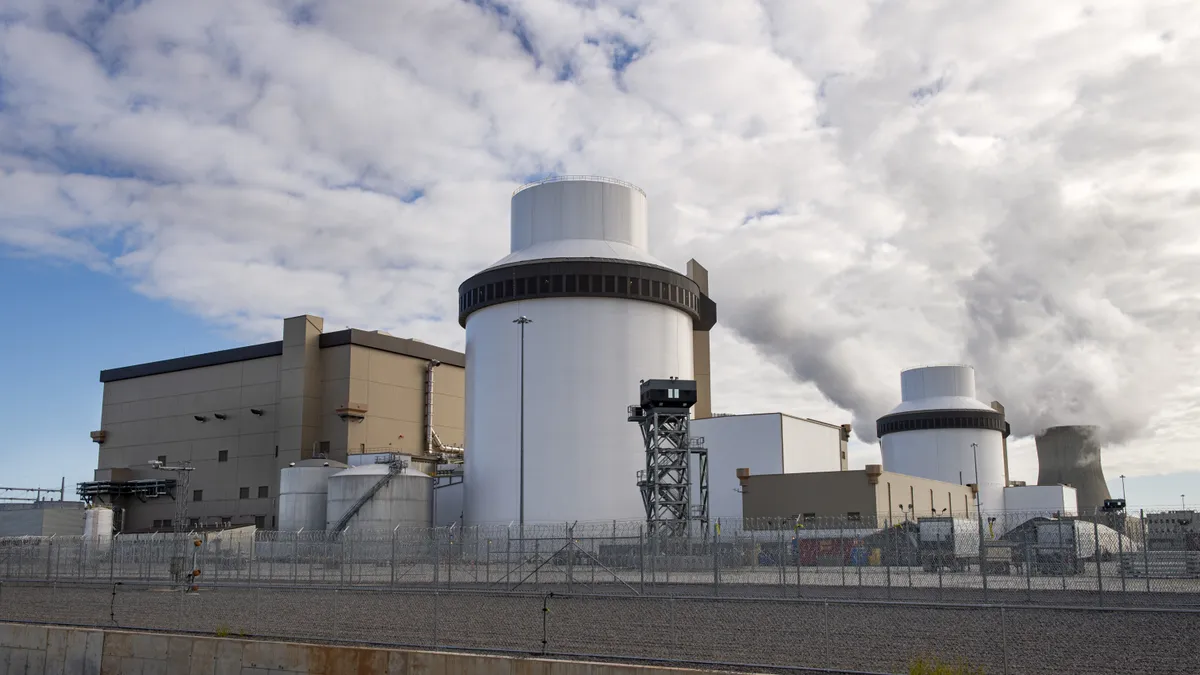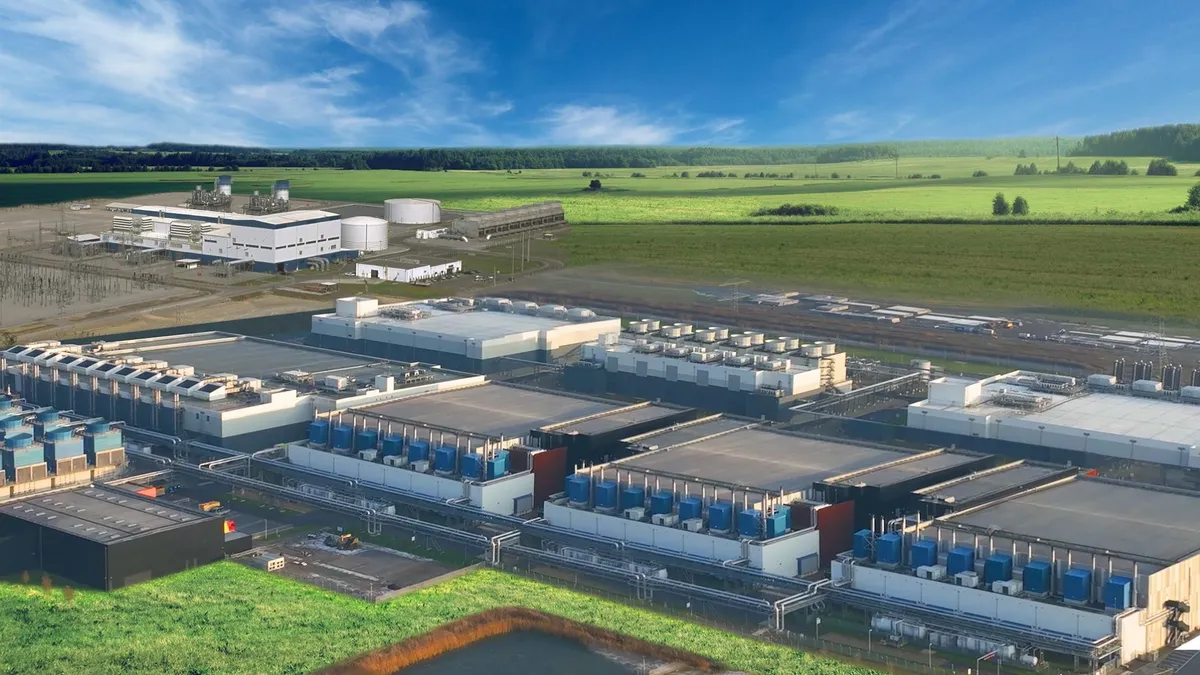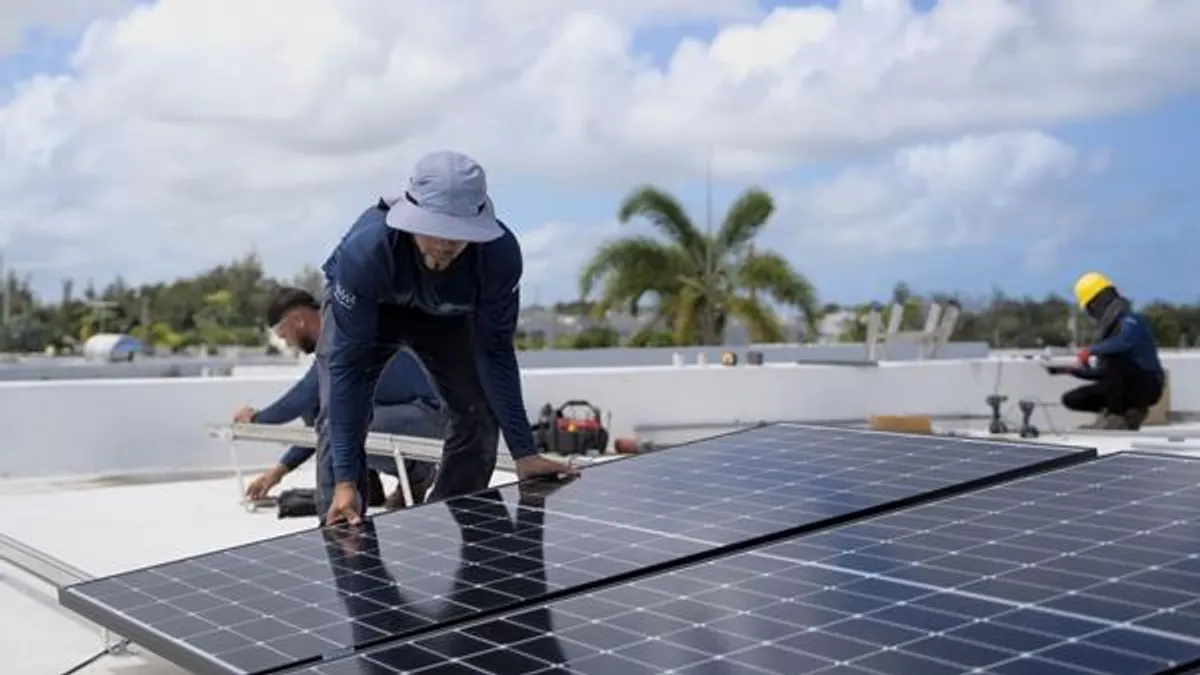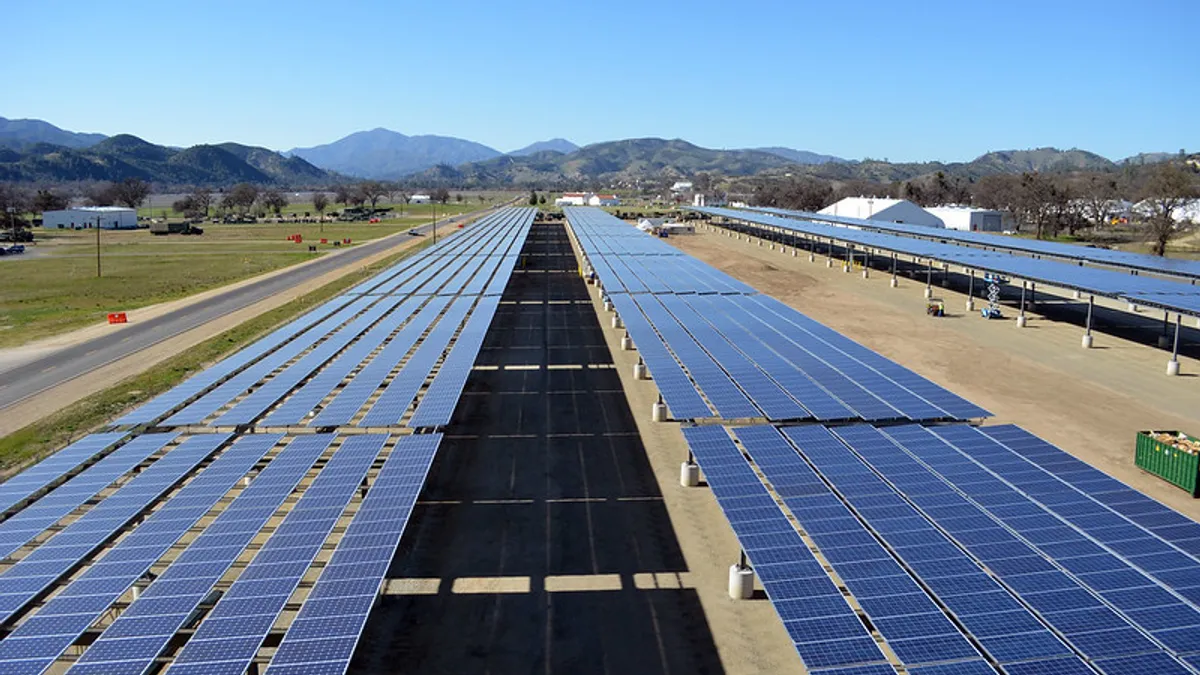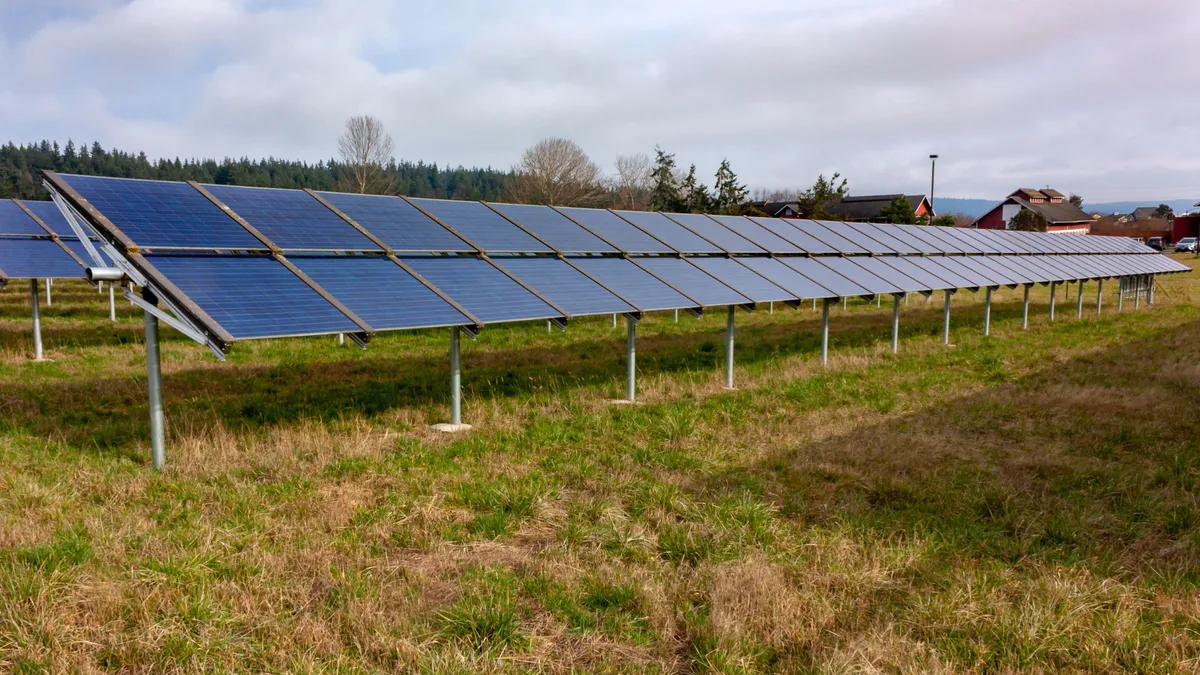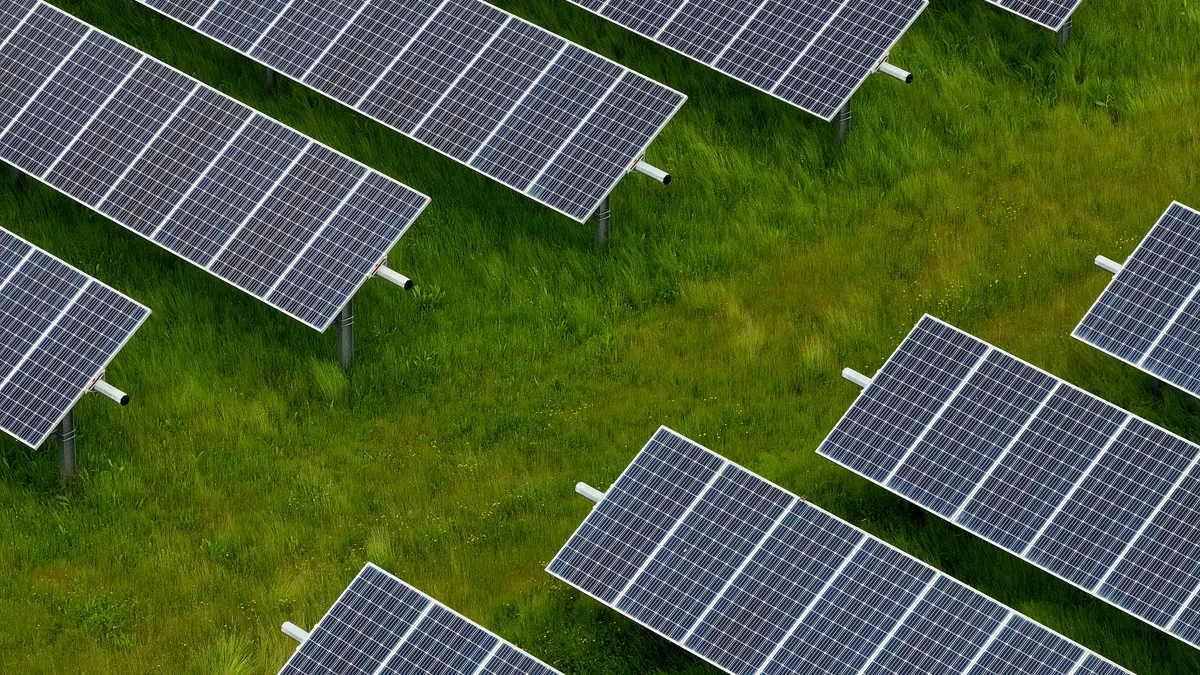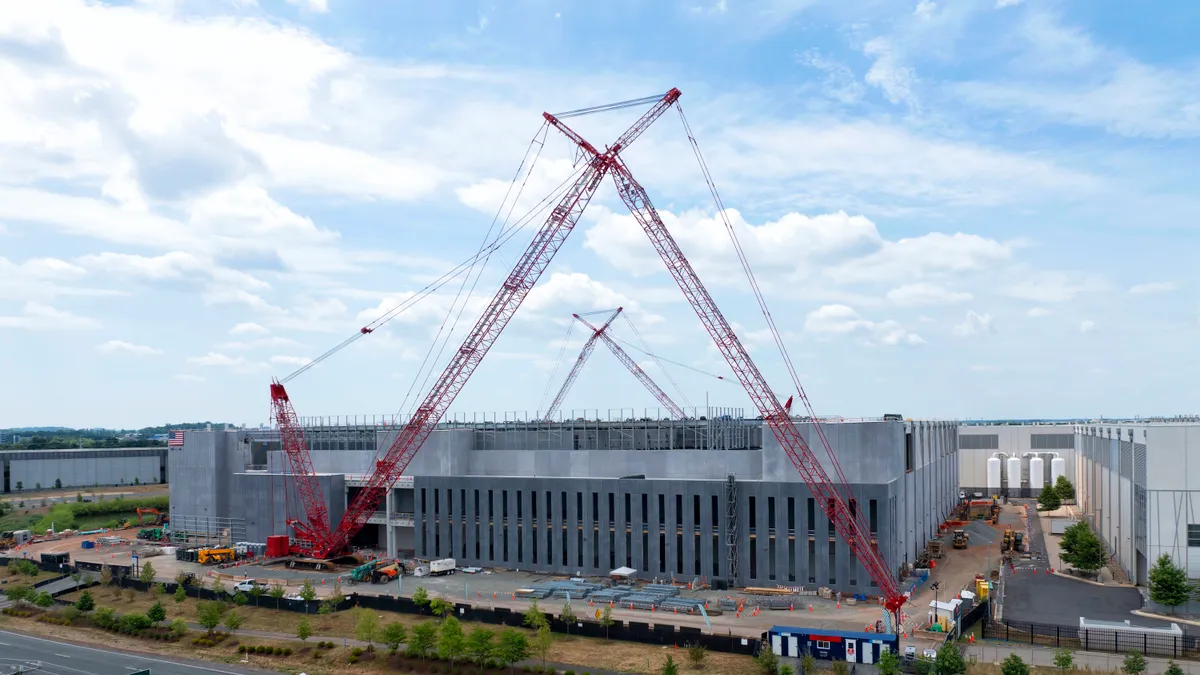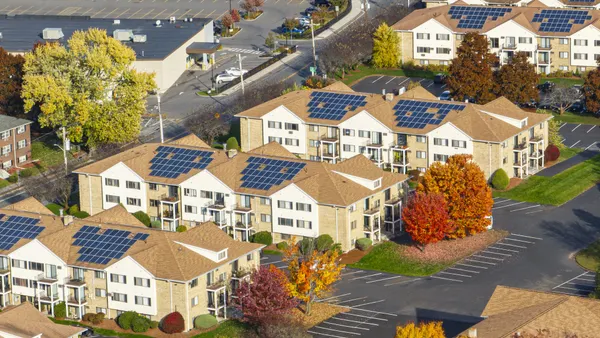The following is a contributed article by Wilson Rickerson, a Principal at Converge Strategies.
Reading some of Utility Dive's recent headlines is enough to make you nervous about the state of America's electricity supply. The Russians are hacking into our grid, the weather is bad and getting worse and wildfires have left two of California's three "dominant investor-owned utilities… in dire financial straits."
The current threat environment requires new approaches to power system resilience — but there are valid concerns about the costs to harden the grid.
At the same time, surging advanced energy markets are creating new technology options for energy resilience — even as they are re-shaping and disrupting the energy industry.
Against this dynamic and unsettling backdrop, state regulators are being asked to decide what energy resilience is, and to guide the investments that might make it happen. The most recent advice from the National Association of Regulatory Utility Commissioners (NARUC) is a new report with Converge Strategies on how to calculate the value for resilience for regulatory proceedings — focusing on the value created by solar photovoltaics, energy storage and microgrids.
A variety of valuation methods
In "The Value of Energy Resilience for Distributed Energy Resources," NARUC and Converge Strategies review recent regulatory proceedings in Maryland and Illinois and examine a variety of valuation methods used there, in New York, and by the U.S. military. They conclude with a series of recommendations for regulators seeking to review and approve resilience projects.
Regulators can use current resilience valuation methods as "good enough," or they can adapt existing and emerging methods to more fully reflect the value of withstanding longer-duration power outages. Customer surveys that focus on longer-duration outages, for example, could build upon existing work that focuses outages under 24 hours long.
As an alternative to calculating a value for resilience, state policy makers could set resilience goals or standards and identify the most cost-effective options for achieving them. The military currently uses such cost-effectiveness methods to evaluate energy resilience project investments.
Regulators can also omit energy resilience from decision making, but doing so may significantly understate the benefits created by distributed energy resource investments.
Beyond valuing resilience, another key piece of the puzzle is how to distinguish reliability from resilience.
Regulators deal with reliability all the time — what makes resilience different? Whereas reliability investments guard against routine uncertainty in operating conditions, resilience contemplates widespread and potentially longer-lasting power interruptions.
Just how widespread? The President's National Infrastructure Advisory Council emphasizes a 14-day outage as the emerging standard for preparedness. NARUC, meanwhile, has contemplated scenarios in which more than 90% of customers lose power for more than 25 days. The threat landscape — as well as the real recent lessons from Puerto Rico and the U.S. Virgin Islands — have opened the aperture on what we must plan for.
Longer-duration power outages raise the prospect of spiraling negative impacts — not just lost business and spoiled food, but impacts from the loss of lifeline services provided by hospitals and emergency responders. In longer-term outages, there may be cascading impacts from failures in the water, wastewater, communications and fuel delivery systems.
The value of resilience lies in avoiding impacts such as these. The roadmap for how (or even whether) regulators can calculate and contend with these issues remains poorly defined.
Regulatory proceedings and beyond
The NARUC team surveyed regulatory proceedings and energy resilience programs across the United States to identify instances where a value of resilience has been used to support DER decision-making. The report profiles three regulatory proceedings that considered microgrid investments by three utilities: Baltimore Gas & Electric Company, Potomac Electric Power Company and Commonwealth Edison.
In these cases, resilience was identified as an important potential benefit of DERs, but no specific value was determined. The regulatory proceedings presented qualitative arguments for and against resilience investments, but they did not establish a precedent for quantifying and monetizing resilience.
NARUC and Converge also looked beyond regulatory proceedings to find instances of the value of resilience created by DERs. There is a large (and at times confusing) body of literature on methods of quantifying the value of avoided power interruptions.
The graphic below lists examples in the U.S. where these methods have been applied and broadly categorizes them by whether they are bottom-up approaches, which assess the value of resilience based on customer preferences or behavior; or economy-wide models, which measure how power interruptions affects economic performance.
Of these methods, several (in gray) have been used to quantify the value of avoiding power outages — only four (in light blue) have specifically been used to calculate a value for DER: three in New York, and one focusing on the U.S. military.
Each of these calculation methods breaks new ground. And the innovations continue — as the NARUC effort was underway, values for resilience were also being calculated for resilient solar in San Francisco, and justifying the inclusion of storage in energy efficiency programs in Massachusetts.
Each method, however, has tradeoffs which may make it less useful to regulators in its current form. Some don't apply to longer-duration, "resilience-scale" outages. Some can't take broader societal costs into account or capture the non-linear impacts of longer-duration events.
Although no "off-the-shelf" solution matches all regulatory requirements, these recent examples from outside the regulatory arena represent both emerging trends, and a useful foundation for regulators working to build a more resilient electric grid.



